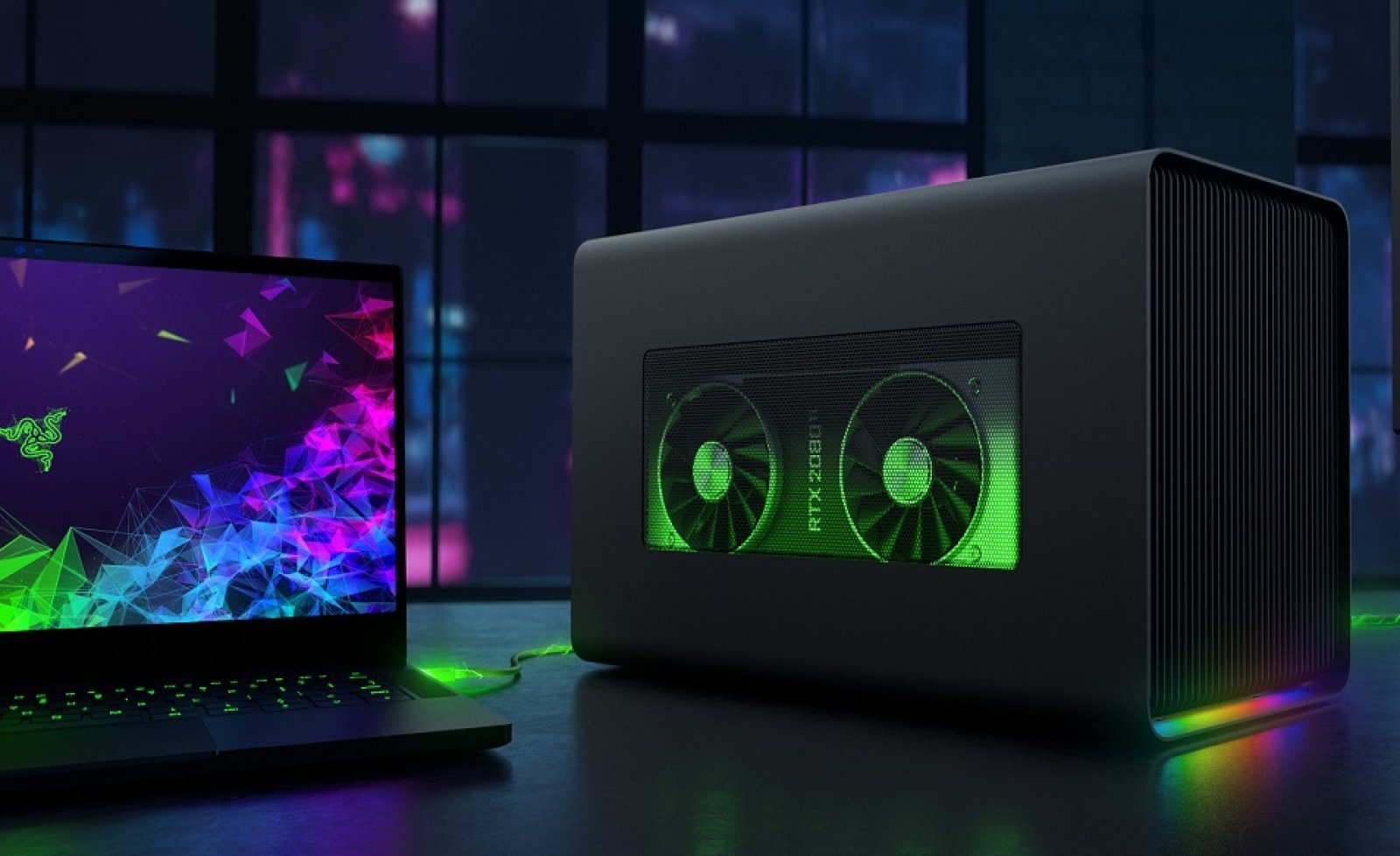

- #RAZER MACOS DRIVERS#
- #RAZER MACOS DRIVER#
- #RAZER MACOS WINDOWS 10#
- #RAZER MACOS ANDROID#
- #RAZER MACOS PRO#
MacBookPro16,1 has been working for me but feel free to try other product names. (You must have already set DVMT to 64M in BIOS!) Caveat: System Product Name In other words, no iGPU patching is needed at all. You can leave the entries under DeviceProperties completely blank. We are lucky because the specific variant of UHD 630 that our Blade uses does not require any platform-id spoofing. Note: It is normal for the trackpad to not be functional. There is a raised support padding under the NVMe drive for my Blade and it will not tolerate the added thickness of an NVMe heatsink. Some guides ask you to buy a heatsink for the NVMe drive but be aware of certain physical incompatibilities. I settled on a Sabrent 1TB NVMe drive and it has been flawless. Mine came with a LITE-ON NVMe drive and I’m not aware of any compatibility issues between the LITE-ON drives and macOS so feel free to give it a try.īut since I’m dual-booting, I needed more than 512GB. Link: M.2 NVMe (Optional)Īpparently earlier Blades came with a Samsung PM981 NVMe drive whose firmware will not work with macOS.
#RAZER MACOS DRIVERS#
It also has official Windows drivers that work wonderfully. This card does NOT require any drivers whatsoever and starts working even during the installation. This card is made by Fenvi, a Chinese company that specifically makes and markets their products to be Hackintosh-compatible. Instead of all this mess, I advise you to swap to a BCM94360NG. Some of them even cause BSODs in Windows. Most people on the Internet advise newcomers to swap to either a DW1560(BCM94352Z) or DW1830(BCM943602BAED) but those cards either have different sub-versions (but only one sub-version will work) or 3 antennas instead of 2 and both require kexts to work properly.
#RAZER MACOS DRIVER#
The Intel WiFi 6 card that comes with the Blade will not work with macOS because nobody has ported a stable Intel WiFi driver from Linux yet.
#RAZER MACOS ANDROID#
Why? Because Android Emulator uses Intel HAXM virtualization technology. Contrary to what the linked GitHub guide says, it will NOT cause any trouble with macOS booting but not having them enabled will cause Android Emulator to crash on startup. Mobile developers that run Android Emulator: After you have followed all the steps above, make sure to leave VT-d and any other virtualization technology ON. Simply removing the drive and booting with no drive restores the hidden menus. Pay attention specifically to “Moving a hidden menu to your main screen”: Īlso, a weird issue I’ve discovered: installing an aftermarket NVMe drive actually hides the unlocked BIOS entires again for reasons beyond my understanding. However, before flashing the modified image back, follow this guide to add “Overclocking and Performance” to the main menu. We will need to dump the BIOS image, change some built-in visibility settings, and flash the modified image back.įirstly, follow the relevant steps under “Preparation” from this article:


However, not all of the BIOS settings that we need to change are visible to the user by default. The things we will need to do are:īIOS settings will need to be changed in order to save you from massive headaches later.
#RAZER MACOS WINDOWS 10#
Here’s how I achieved a perfect laptop Hackintosh running Catalina 10.15.5 + OpenCore and dual-booting Windows 10 with only one 1TB NVMe drive. I need macOS to do most of my development and Windows for gaming, yet the Advanced model only has one M.2 NVMe slot. Eventually I settled on a Mid-2019 Razer Blade Advanced 15 with an RTX 2070 Max-Q.
#RAZER MACOS PRO#
The new 16-inch MacBook Pro is a great improvement but the price tag is way too high for what it is and I need my new laptop to be able to handle AAA gaming and video editing apart from blockchain and cross-platform mobile development. Coming from a top-of-the-line 2016 MacBook Pro, I have grown sick of its keyboard and thermal issues.


 0 kommentar(er)
0 kommentar(er)
